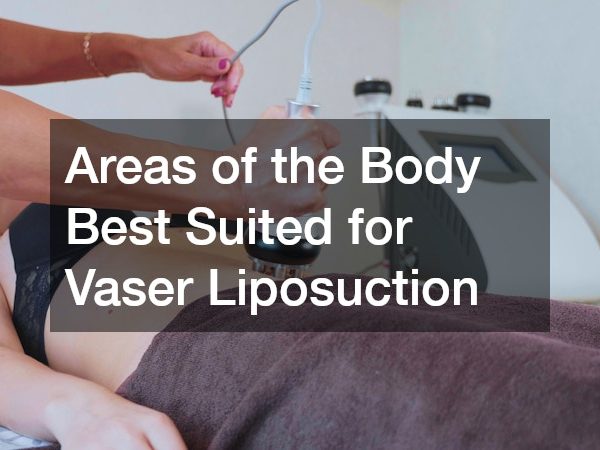Dental offices ran among the top places where operators need to use anti-anxiety techniques such as sedation to help patients relieve tension and feel comfortable. These techniques can be applied to almost all types of patients depending on their dental procedure requirements.
Anesthesia is normally used before a procedure to help sedate a patient or dull the pain caused by the procedure. There are various types of anesthesia used today, depending on the health and anxiety level of a patient. If you have an upcoming treatment and want to try sedation dentistry in your trusted Highlands Ranch clinic, here are some of your options:
Nitrous Oxide (Laughing Gas)
Also referred to as inhalation analgesia, laughing gas is the most common form of sedation used in dental offices today. This gas does not make you sleep, but instead, it significantly reduces the anxiety caused by a dental procedure. It is safe and thus recommended for use for all types of patients.
Sometimes, local anesthesia injections are combined with laughing gas to give the patients an effective, consistent, and practically painless procedure. If a patient cannot withstand the discomfort of the injection, the gas can be administered using an inhalation machine.
IV Sedation
Intravenous sedation (IV) is also a popular method through which dentists help their patients manage anxiety by injecting the sedative directly into the vein. This method achieves more profound sedation as compared to laughing gas. This keeps the patient awake but less aware of what is happening around them. Note that IV sedation has a downtime; thus, you will require some time to recover after your procedure.
General Anesthesia
In this technique, a patient will remain asleep and unconscious during the entire procedure. It is achieved by directly injecting various drug types into a vein and can also be combined with the inhalation of gas-based anesthesia. This translates to total relaxation for the patient, with the patient only coming back to consciousness after completion of the procedure. General anesthesia requires a patient to undergo a thorough recovery time before leaving the office.
Enteral Sedation

This method is not common and comes in the form of a liquid or pill that you consume orally. Just like any other local anesthetic method, enteral sedation should be combined with laughing gas for maximum effectiveness. Enteral sedation ensures that you remain conscious, but you do not experience any form of nervousness during the entire procedure.
Before administration of any sedative drug to your body, your dentist must ensure that you are in perfect mental and physical condition. If you have diabetes, hypertension, and other serious medical conditions, you may need to secure clearance from your doctors before you can have dental sedation.
Additionally, while general dentists are trained on nitrous oxide administration, not all dentists can give the other types of sedation. The reason is, that some sedation options require extra equipment, training, and emergency supplies. Make sure to inquire about the available sedation before making an appointment.






